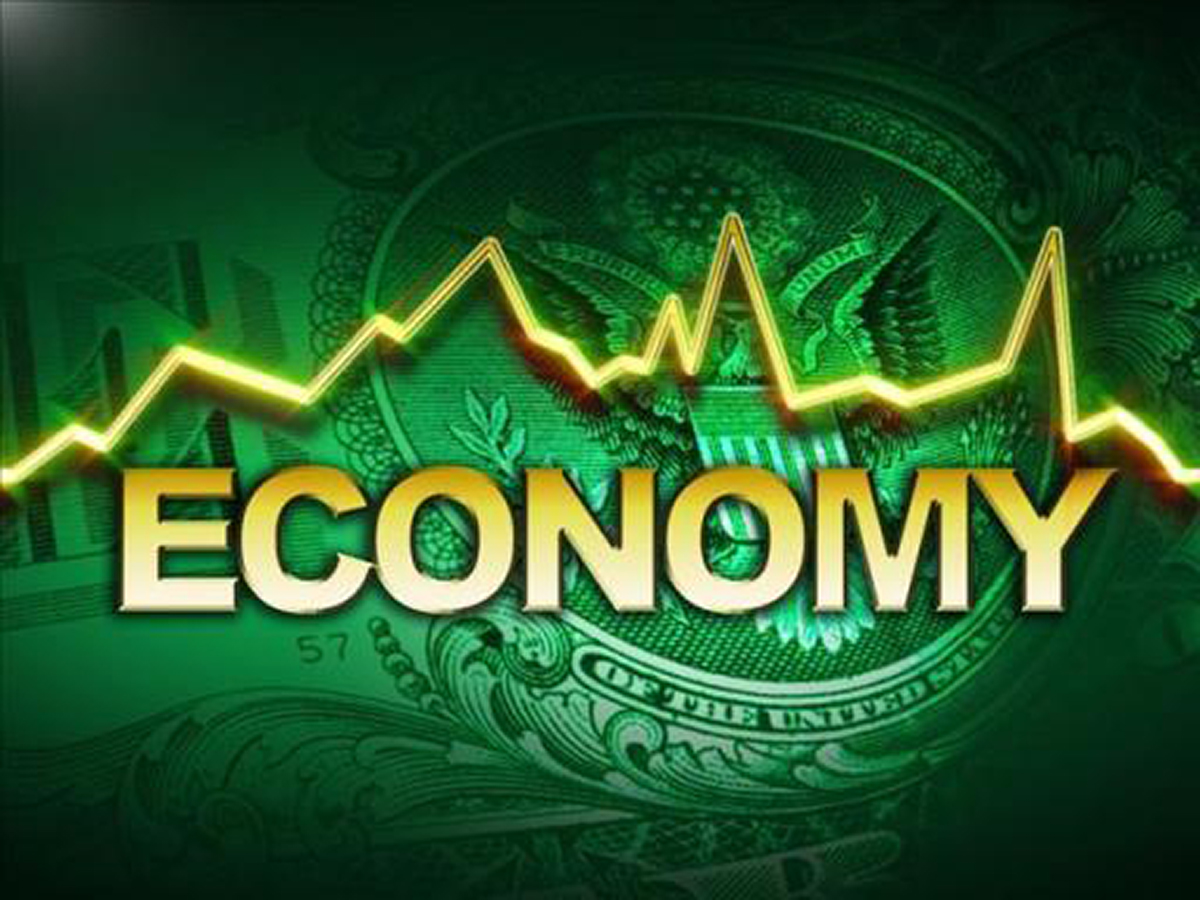
Government’s aim of achieving a buoyant macroeconomic condition could be severely hampered if the energy crisis faced by the country drags into 2016, Global economic group, FocusEconomics have warned.
According to the group, “persistent electricity shortages, weak commodity prices, a volatile exchange rate and high inflation will continue to weigh on growth”, causing aggregate output to fall.
They explained that if the power crisis should creep into 2016; coupled with the recent hike in utility prices, industries are going to be hard hit as private consumption is harmed.
The group in their final publication for 2015 was of the view that Ghana could achieve its fiscal targets if the energy crisis is resolved to commensurate with the increases in utility tariffs.
FocusEconomics is a leading provider of economic analysis and forecasts for 127 countries in Africa, Asia, Europe and the America; publishing timely and accurate business intelligence from a variety of industries, including major financial institutions, multinational companies and government agencies.
In its latest forecast, the group’s panelists expect the economy to expand 4.7 percent in 2016, which is down 0.1 percentage points from last month’s forecast, while inflation averages 15.1 percent in 2016 before moderating slightly to 12.0 percent in 2017.
Sounding more optimistic, the group forecasts growth for 2017 at 6.4 percent.
Real sector growth
Pointing to figures released by the by the Ghana Statistical Service (GSS), the group argue that the economy has likely shown growth of 4.1 percent in 2015.
The figure marks an improvement over the 4.0 percent increase seen in the previous year.
“Moreover, the non-oil GDP grew 4.2 percent this year, which is also an improvement over the 3.9 percent growth tallied in 2014”, it said.
They recounted that in 2015, the industry sector recorded growth of 9.1 percent, which marked the fastest increase in three years, and was significantly better than the 0.8 percent expansion observed in the previous year.
Conversely, they pointed out that the service sector decelerated in 2015 and grew 4.7 percent (2014: +5.6% year-on-year).
Touching on the agriculture sector, the group stated that the sector stalled in 2015 as it recorded flat growth over the previous year with the figure showing a deterioration of over the 4.6 percent increase observed in 2014.
Gross Domestic Product
The group stated that in quarter two of 2015, GDP expanded 3.9 percent over the same quarter last year with the figure marking a deceleration over the revised 4.3 percent growth observed in the previous quarter (previously reported: +4.1% year-on-year).
Pointing to explanations given by the GSS, they maintained that the expansion in quarter two was mainly driven by an increase in industry that expanded an impressive 15.3 percent over the same quarter of last year. (Q1:+3.4% year-on-year).
“In addition, the services sector accelerated from a 4.1 percent increase in quarter one to a 5.3 percent rise in quarter two”.
Conversely, they stated agricultural production swung from a 3.6 percent expansion in the first quarter to a 0.1 percent contraction in the second quarter, thus recording the first decrease in four quarters.
Monetary sector
In November, consumer prices increased 1.08 percent over the previous month, which followed the 2.68 percent increase tallied in October.
According to FocusEconomics team, last month’s figure had marked the highest reading in nine months with November’s increase driven mainly by higher prices for food.
They recounted that inflation in November inched up from 17.4 percent in October to 17.6 percent, thus reaching a four-month high.
“Currently, inflation remains well above the Central Bank’s target of 8.0 percent with annual average inflation in November ticking up from 17.0 percent in October to 17.1 percent”, the group stated.


























